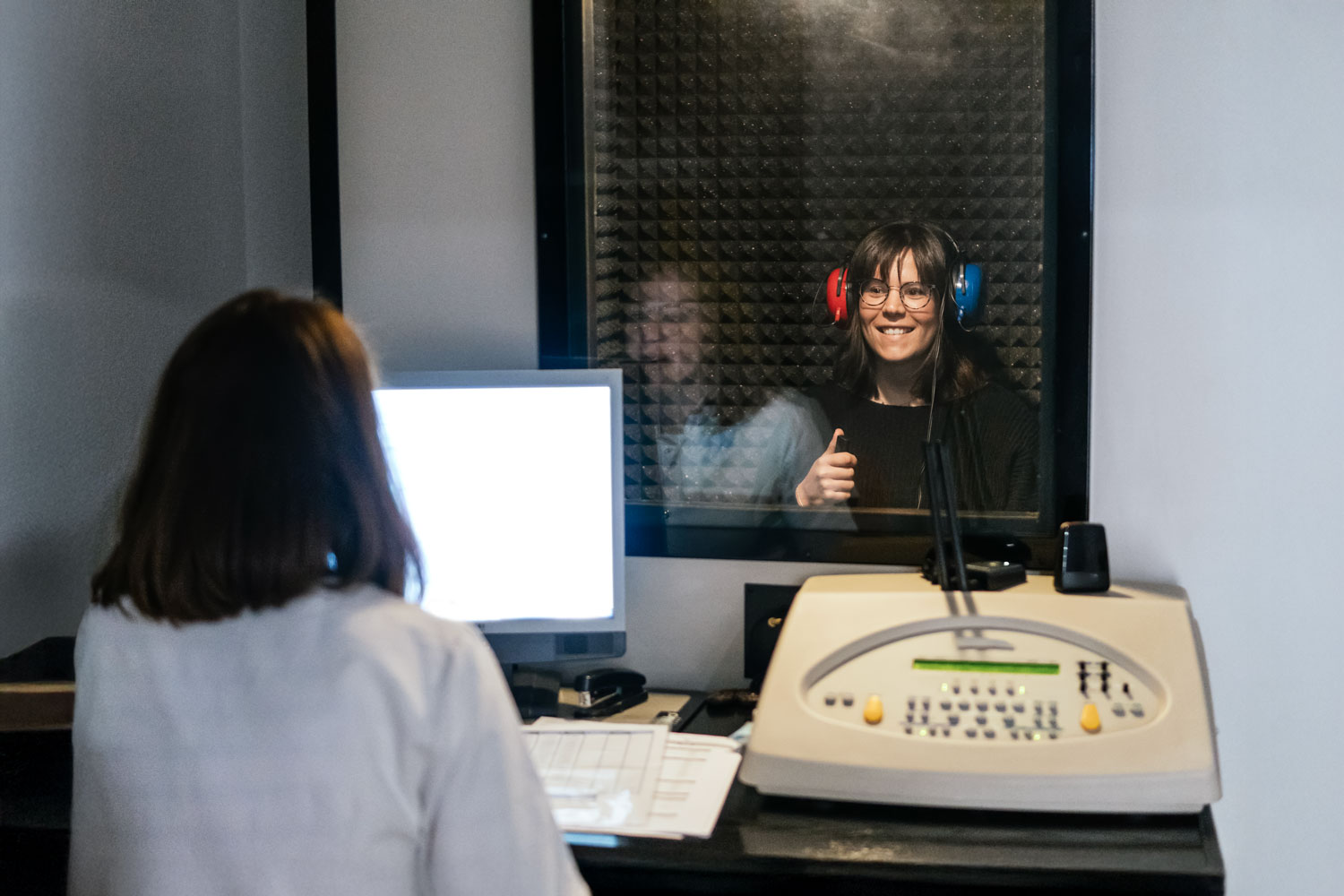
If you opt for OTC hearing aids, it’s important to take your time to determine which model is best for you. If you end up with OTC aids that don’t serve your needs, it may deter you from trying other, more effective ones later, says Nicholas Reed, AuD, faculty in the NYU Langone Health Optimal Aging Institute in New York City. Good places to start are CR’s ratings of hearing aid brands and our evaluations of eight OTC hearing aids. Some experts we reached out to also recommend checking HearingTracker or HearAdvisor, which test both OTC and prescription hearing aids. Read on for four important considerations.
Self-fitting or preset: Over-the-counter hearing aids come in two categories—self-fitting and preset. Self-fitting OTC aids are designed to be used with a smartphone app that has a feature—often a brief hearing test—that customizes the device’s settings specifically for your hearing loss.
Preset OTC aids typically have just a handful of basic settings for different levels of hearing loss (in the mild to moderate range) or for common issues such as trouble hearing in noisy rooms. Functionality varies widely, however: A few higher-end presets do allow for more customization, while some of the least expensive models offer users little more in the way of features than volume control.
Both types of OTC hearing aids tend to be less expensive than prescription devices. Some preset hearing aids, for instance, are available for around $100 a pair, while self-fitting OTC aids start at around $500 a pair.
However, a few in each category are close to $2,000 or more. Eargo’s self-fitting aids, which are so tiny as to be nearly invisible when you’re wearing them, top out at $2,500 a pair, for example. (By comparison, Costco Hearing Aid Centers offer prescription hearing aid models starting at $1,500.)
Several of the experts we spoke with generally recommend self-fitting hearing aids over preset aids because self-fitting models must be cleared by the Food and Drug Administration for safety, usability, and effectiveness before being sold. Because preset OTC aids aren’t required to have that FDA clearance, there’s significantly more variability in their quality, says Vinaya Manchaiah, PhD, director of audiology at the University of Colorado Hospital in Aurora. Some, for instance, particularly the low-priced models, may have poor acoustics.
Shape: Like prescription hearing aids, OTC devices come in two basic shapes—in the ear or behind the ear. In-the-ear aids tend to be smaller, sometimes small enough to fit completely inside the ear canal. Behind-the-ear aids consist of connected pieces: a case that contains the device’s hardware and sits behind the ear, and a receiver that sits in the canal or an earbud.
Does one shape work better than the other? “I actually tend to think whatever hearing aid you want to wear and you will wear more and you like wearing, you should pick that one,” says Laura Coco, AuD, an assistant professor in the School of Speech, Language, and Hearing Sciences at San Diego State University. Still, she says that behind-the-ear styles tend to be slightly better at filtering out background noise.
Smaller devices also tend to be a bit more difficult to manipulate and clean, and may have less capacity for features like wireless audio streaming, says Anna Jilla, AuD, an assistant professor of audiology at Lamar University in Beaumont, Texas.
Customer service: Self-fitting and preset OTC hearing aids are designed so that you can set them up on your own. Even so, you may want some support as you’re learning how to use them or with troubleshooting any problems that arise. To check on the level of customer service that various OTC brands provide, visit their websites to see whether they give users assistance in setting up and using their OTC hearing aids. Companies such as Jabra and Lexie offer support from hearing professionals but may charge more for higher levels of service. Audiologists in your area might also be willing to assist with OTC hearing aids for a fee, so if you’re interested in that service, call a few.
Return policy: The return period should allow you a minimum of a few weeks to thoroughly try out and get used to the hearing aids and to send them back if you’re not satisfied. Most states require at least a 30-day trial period for prescription hearing aids; look for a return period that long or longer for OTC models.
link






